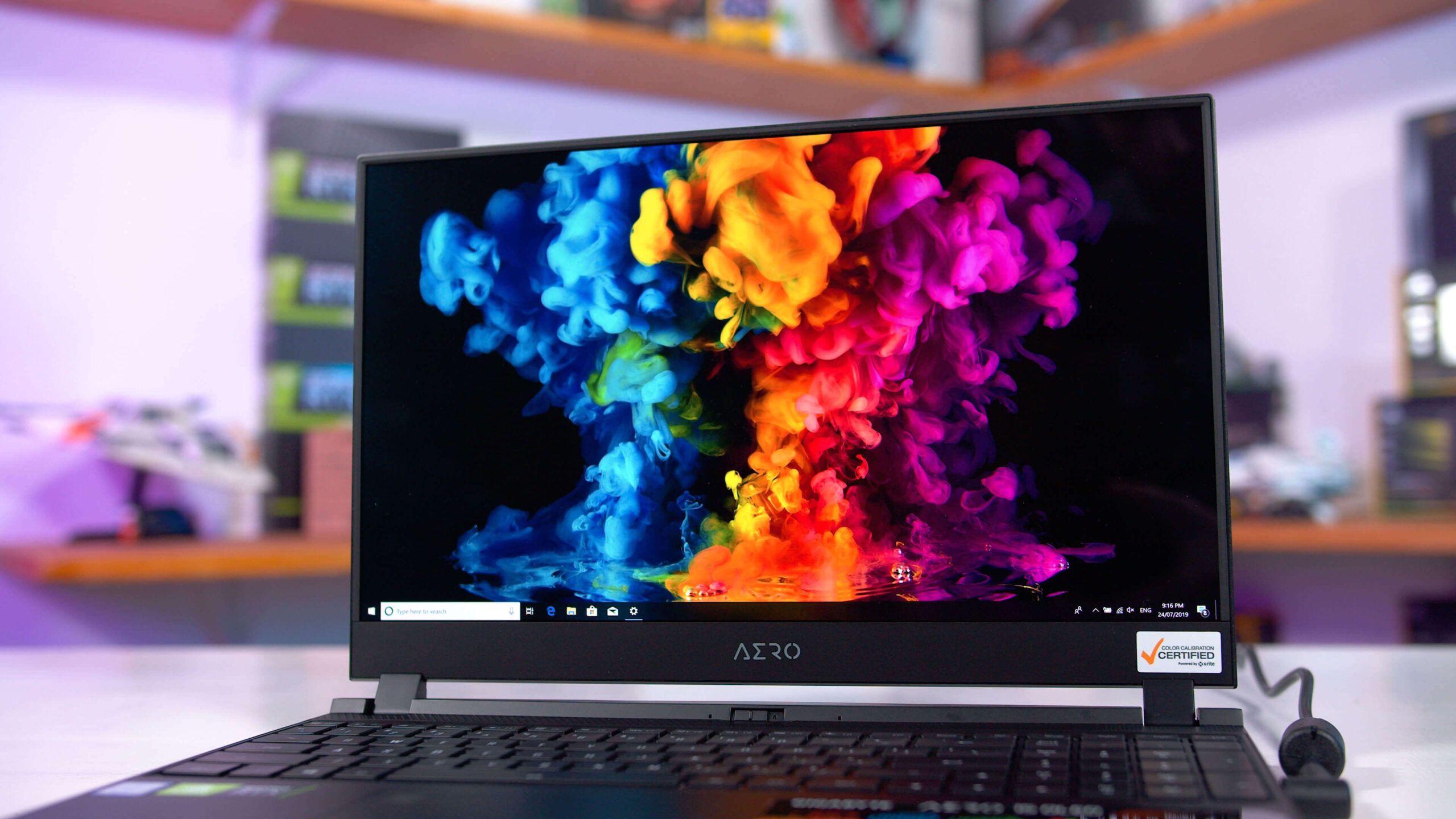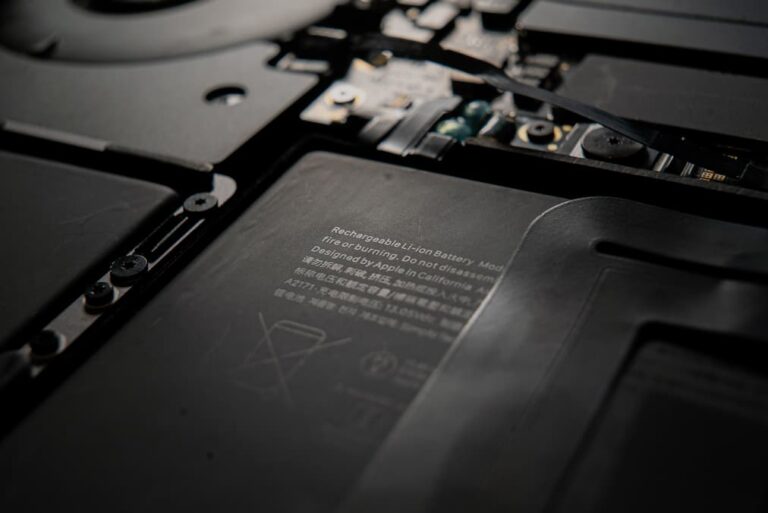Laptop screen testing is important because it can help ensure that your laptop screen is functioning properly. Additionally, screen testing can also help identify any potential problems with your screen that could lead to it malfunctioning in the future. By regularly testing your laptop screen, you can help prolong its lifespan and avoid any unexpected problems.
Laptop screens are an important component of the laptop and need to be regularly tested to ensure they are functioning properly. There are a few different ways to test a laptop screen, the most common being the black screen test and the white screen test. The black screen test is performed by opening a text document on the laptop and then covering the screen with a black piece of cloth. The text should still be visible and legible through the cloth. If the text is not visible or is difficult to read, then the screen may need to be replaced. The white screen test is performed by opening a white document on the laptop and then holding the laptop screen close to a white wall. The screen should appear to be evenly lit and there should be no dark spots. If there are dark spots or the screen appears to be unevenly lit, then the screen may need to be replaced.
How to test a laptop screen?
1. Check the laptop’s display settings to make sure the screen is set to its highest resolution.
2. Connect the laptop to an external monitor and see if the screen displays properly on the external monitor. If it does, then the problem is most likely with the laptop’s screen, not the display settings.
3. If the laptop’s screen does not display properly on the external monitor, then the problem is most likely with the laptop’s display adapter or display settings. Check the display adapter’s settings and make sure the external monitor is selected as the primary display.
4. If the laptop’s screen still does not display properly on the external monitor, then the problem is most likely with the screen itself. Try testing the screen with a different display adapter or with a different laptop to see if the screen works properly with a different display setup.
How to test laptop screen color accuracy?
There are a few things you can do in order to test the color accuracy of your laptop screen: 1. Use an online color contrast checker: There are a few online tools that can help you check the color accuracy of your laptop screen. One popular option is the WebAIM Color Contrast Checker (https://webaim.org/resources/contrastchecker/). 2. Use a colorimeter: A colorimeter is a device that can measure the exact color values of your laptop screen. This can give you a more accurate representation of the color accuracy of your screen. 3. Use a professional calibration service: If you want the most accurate representation of your screen’s color accuracy, you can use a professional calibration service. This will typically cost more money, but it will give you the most accurate measurement.
How do i check my laptop screen for any burnt pixels?
To check your laptop’s screen for burnt pixels, you’ll need to use a magnifying glass or other magnification device to inspect the screen closely. Look for any pixels that appear discolored or darker than the surrounding pixels. If you find any burnt pixels, you can try to repair them by applying pressure to the screen with a soft, dry cloth. You can also try using a screen calibration tool to recalibrate the pixels. If the burnt pixels are still visible after taking these steps, you may need to replace the screen.
How do you know if your LCD is damaged?
If your LCD is damaged, you may notice one or more of the following symptoms:
1. The LCD screen appears to be discolored, has dark spots, or is otherwise discolored.
2. The LCD screen displays a “ghost” image.
3. The LCD screen flickers or displays horizontal lines.
4. The LCD screen does not display an image at all.
What are the most frequent causes of laptop screen damage?
There are many possible causes of damage to a laptop screen. The most common cause of screen damage is physical damage, such as dropping the laptop or closing it too hard. Other causes of screen damage include backlight failure, LCD panel failure, and inverter failure. Physical damage is the most common cause of screen damage because it is the most easy to do. LCD screens are fragile, and even a small amount of force can crack or shatter the screen. If you drop your laptop, or close it too hard, the screen is likely to be damaged. Backlight failure is another common cause of screen damage. The backlight is what makes the screen visible, and if it fails, the screen will appear dark. LCD panel failure is less common, but it can happen. If the LCD panel fails, the screen will have a dark or fuzzy appearance. Inverter failure is also a possibility, but it is less common than the other causes of screen damage. If your laptop screen is damaged, it is important to take it to a repair shop as soon as possible. The sooner you get it fixed, the less likely it is that the damage will become permanent.
How to test IPS screen?
visiontestmaster.com offers the following suggestions for testing an IPS screen:
1. Check for image retention. IPS screens are susceptible to image retention, so it’s important to perform a retention test before using the screen for critical applications. To do this, display a static image on the screen for several minutes, then check to see if any ghost images are left behind.
2. Inspect the screen for dead pixels. Dead pixels are a common issue with IPS screens, so it’s important to check for them before using the screen. To do this, simply look at the screen closely and look for any black or white dots that are not supposed to be there.
3. Test the screen’s color reproduction. IPS screens are known for their excellent color reproduction, so it’s important to test this before using the screen. To do this, simply view a color gradient or video on the screen and check to see if the colors are accurately reproduced.
4. Test the screen’s viewing angles. IPS screens have excellent viewing angles, so it’s important to test this before using the screen. To do this, simply view the screen from different angles and check to see if the image quality is still good.
5. Inspect the screen for backlight bleed. Backlight bleed is a common issue with IPS screens, so it’s important to check for it before using the screen. To do this, simply view the screen in a dark room and look for any areas where the backlight is bleeding through.
How to do screen bleeding test on a laptop?
There are a few ways to test for screen bleeding on a laptop. One way is to simply look at the screen in a dark room. If you see any light leaking from the edges of the screen, then your screen is likely bleeding. Another way to test for screen bleeding is to take a photo of the screen in a dark room. If you see any light leaking from the edges of the screen in the photo, then your screen is likely bleeding. Finally, you can test for screen bleeding by running your finger along the edge of the screen in a dark room. If you feel any light leaking from the edges of the screen, then your screen is likely bleeding.





